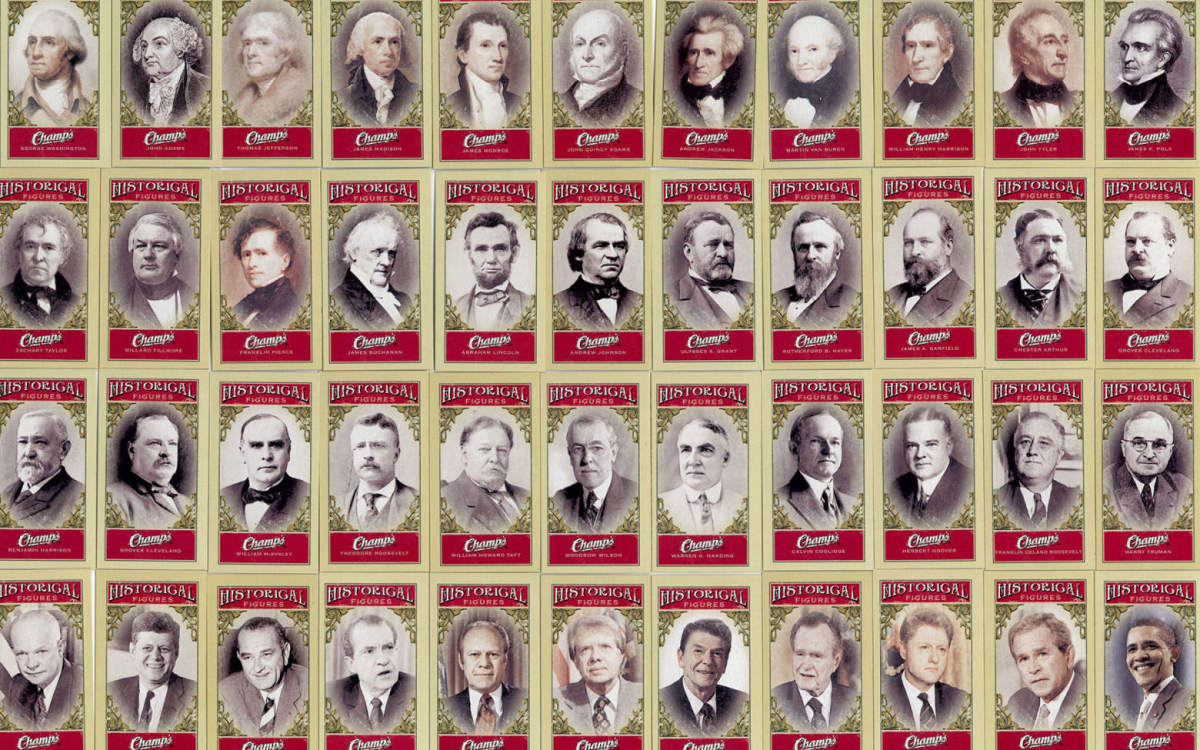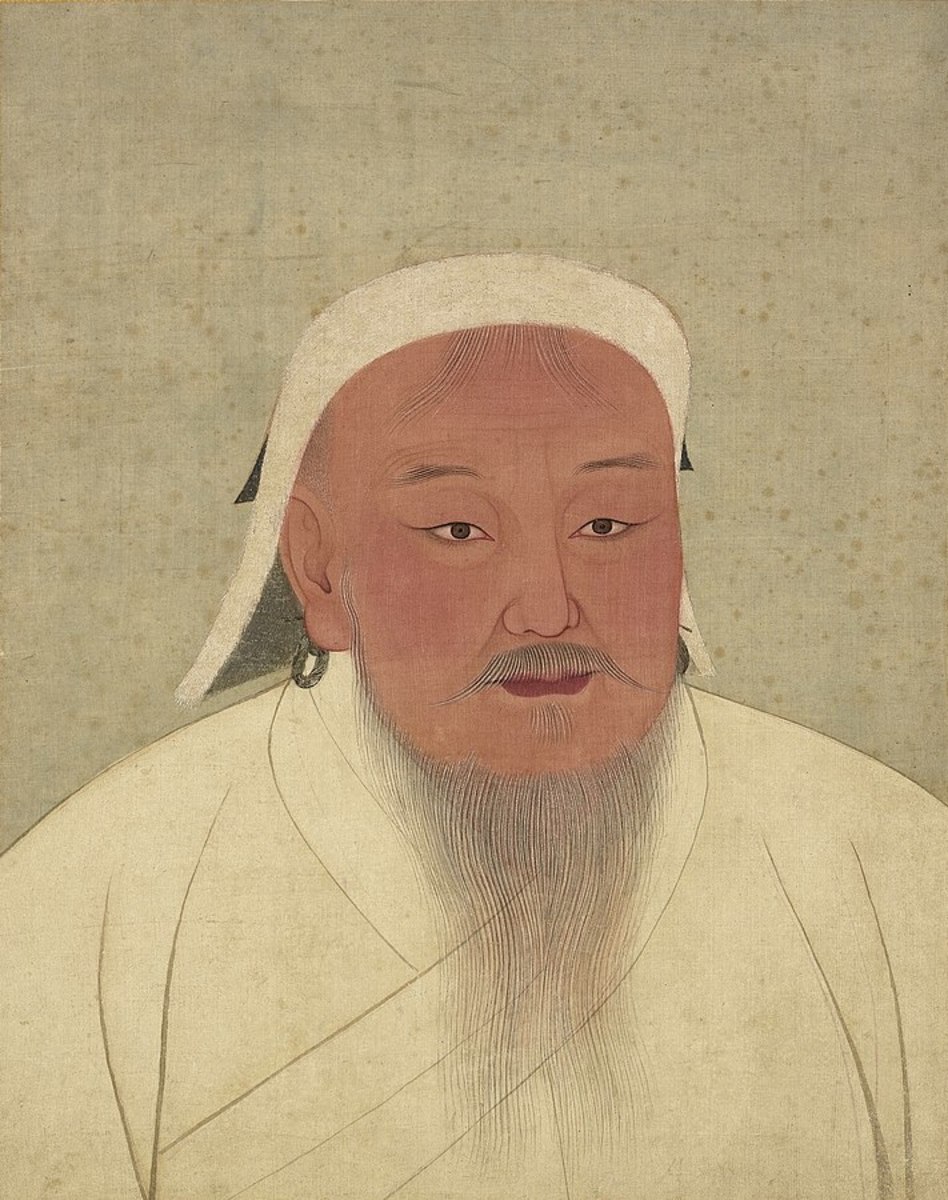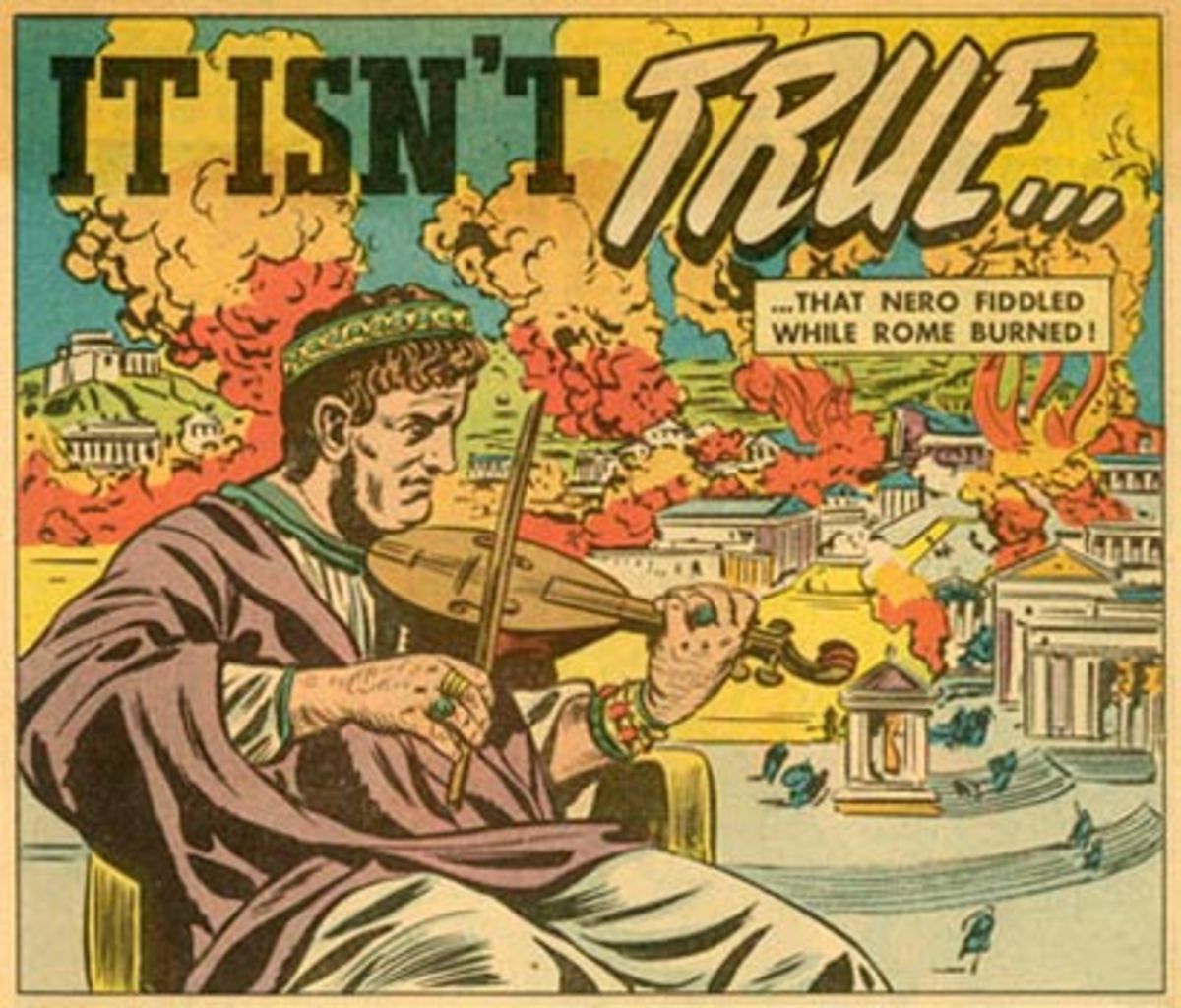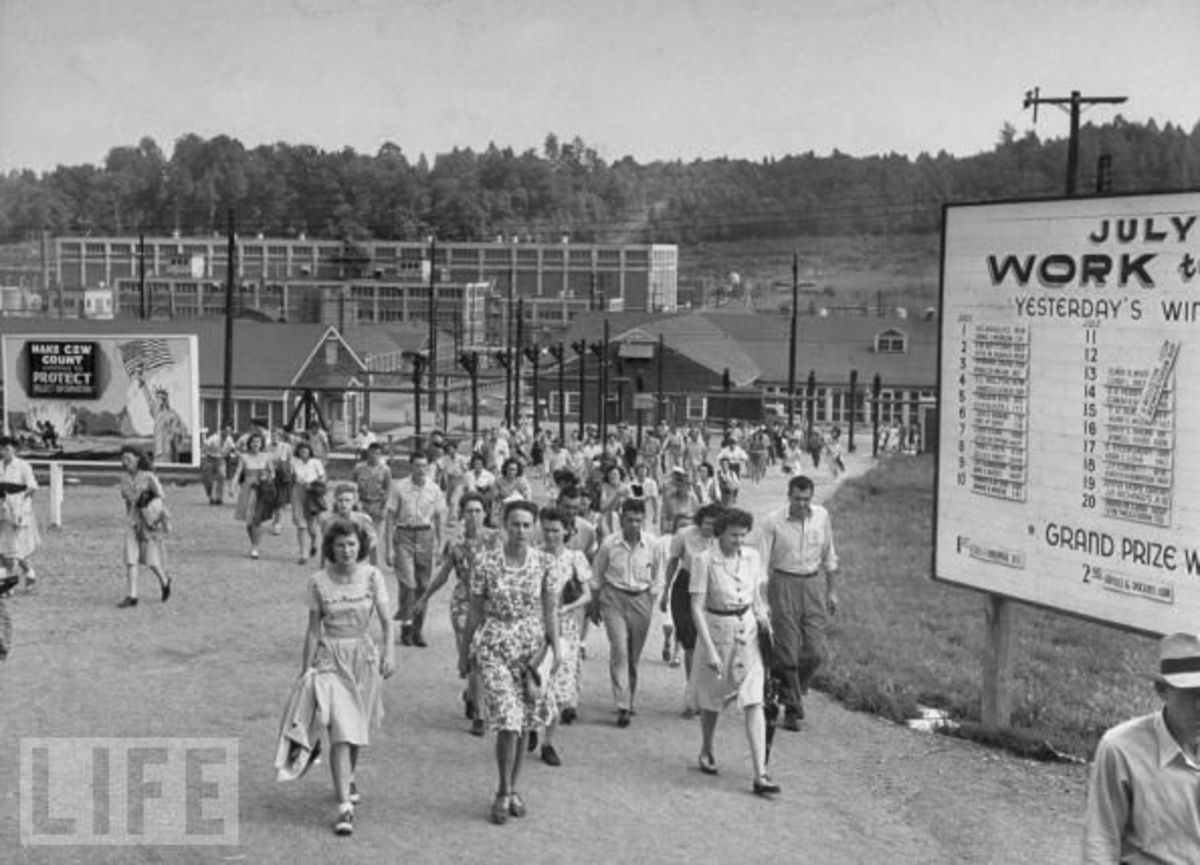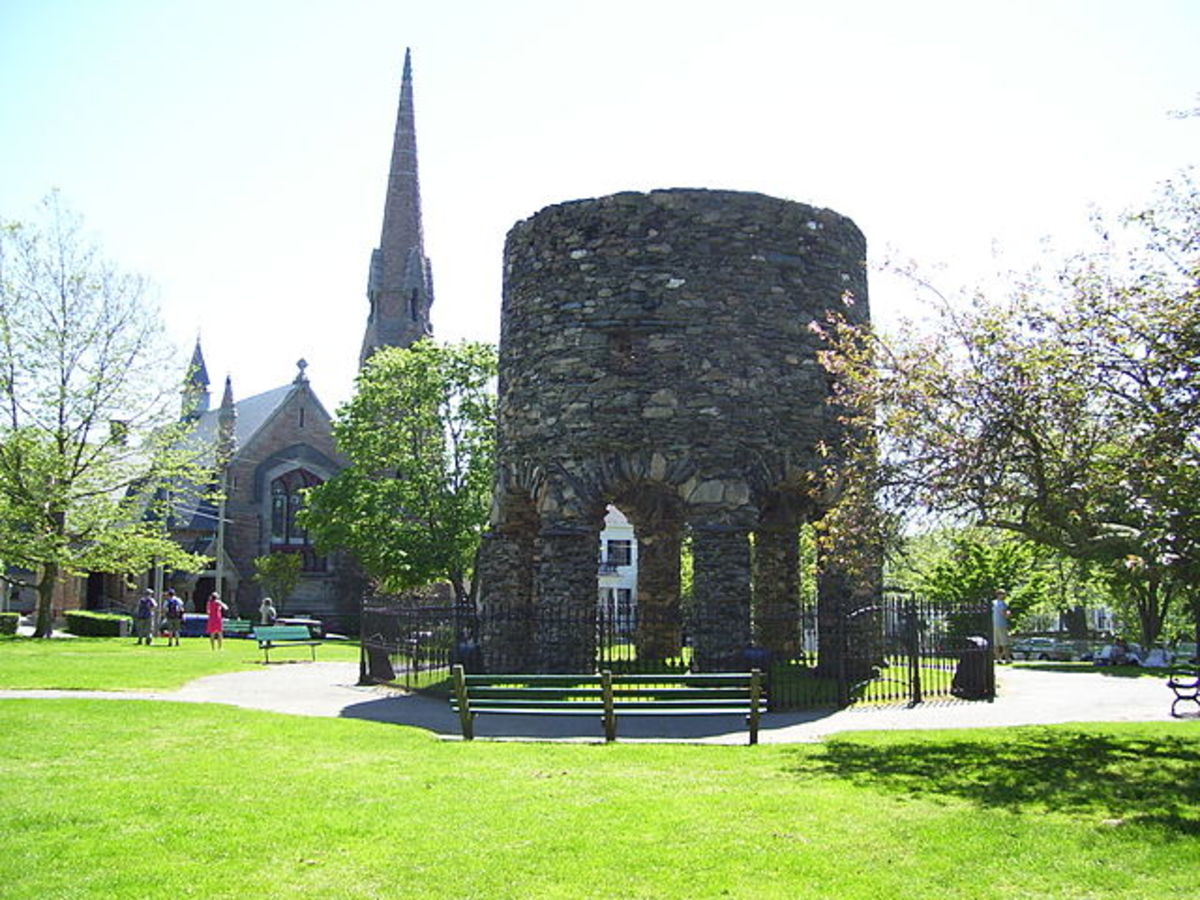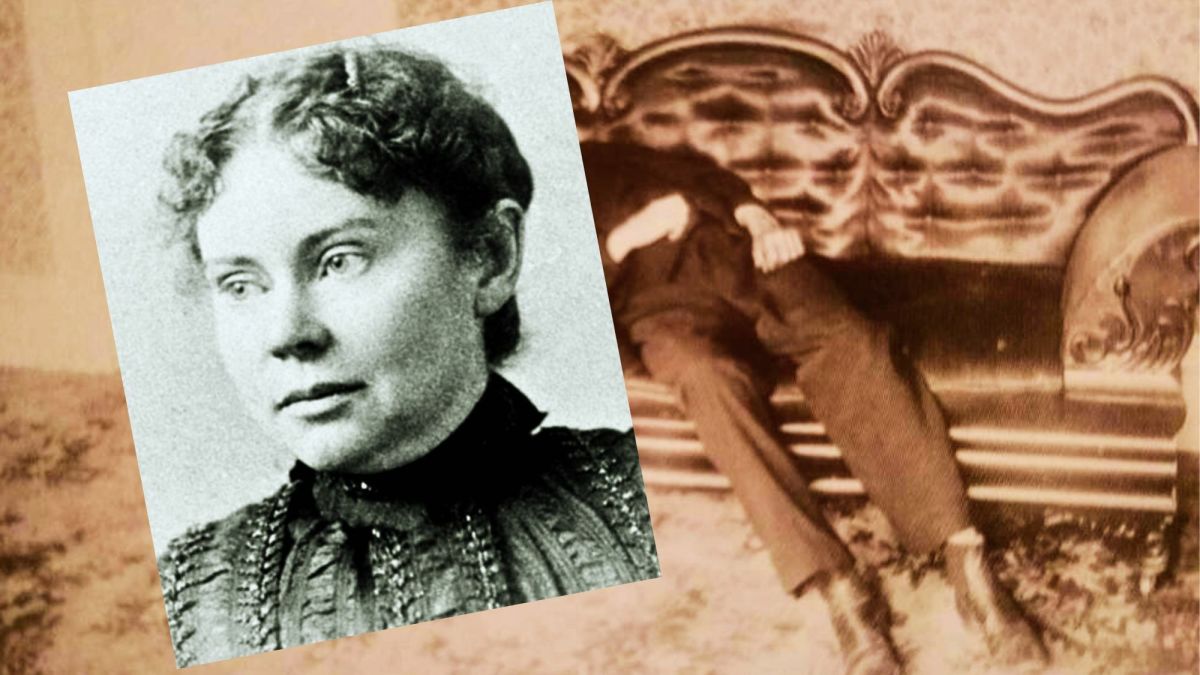- HubPages»
- Education and Science»
- History & Archaeology»
- History of the Americas
Phases of Historiography
While working on my master's degree in social sciences, the book Telling the Truth about History by authors Appleby, Hunt, and Jacob has been the one to make the biggest impact.The book delves into historiography, or the history of historical thought. When the teacher introduced the course at our first meeting, I thought surely my ears would burst into flames or bleed. It sounded horrible! But, the course and the book have been very enlightening. Not only did it help me identify and better understand my own interest in history, it has helped me become a better writer of history. If you are studying history, perhaps this historic thought timeline I developed based on the book will be of some assistance.
Historical Thought Time Line Notes
Providential Historians (pre-Revolutionary War) explained history in biblical terms, through God’s will, or as part of God's master plan. Histories edified God.
Rationalist Historians (early to mid-1800s) enveloped the ideas of the Enlightenment Era, like the scientific model and humanism. They wanted to better understand history because understanding the past meant a brighter (or enlightened) future.
Professional Historians (also called Modernists) saw history as more than a reflection of church beliefs (like Providentials) or sciences (like Rationalists). They saw history as politics, not art or science.
- 1910-1945: PROGRESSIVE HISTORIANS wanted Americans to reform their government. Knowledge of the past and present would empower them to do so. They saw the socio-economic and intellectual processes that led to progress.
- TURNER: Said America’s uniqueness was due to its frontier experience; believed the American West was settled by three classes: pioneers who lived off the land,land buyers who began the structure for civilized life; and capitalists/industrialists.
-
BEARD: Saw history as a sequence of clashes between special interest groups;economic interests were at the heart of the American Constitution, not lofty ideals or morals.
- 1930s-1950s: CONSENSUS HISTORIANS believed history was notably lacking ideological discord. In other words, the majority agreed in the events of the American past.
- 1960s- 2000s:SOCIAL HISTORIANS wanted to get past the history based on the social elite and study the experience of regular people in everyday life. By doing this, theyhoped to get at the real history of America – the life of individuals. Also referredto as “history from the bottom up.”
- POST-MODERNIST historians believe that all things are a product of their time/region.Past histories must be re-examined and biases considered. Considering this, Post-Modernist historians may conclude some events did not occur since biases may have been the norm in a particular time/region.
- 1990s-present:INTERNATIONALIZATION HISTORIANS look at history’s global impact. They do not limit investigations to regions. Instead, they consider worldwide situations and events.
- PRAGMATIC REALISTS (no specific years, but part of the Professional Historian Movement)believe history cannot be proven like a science, but it still has worth regardless. Believe in a rigorous analysis of primary sources; scrutinized by the professional community of historians.

